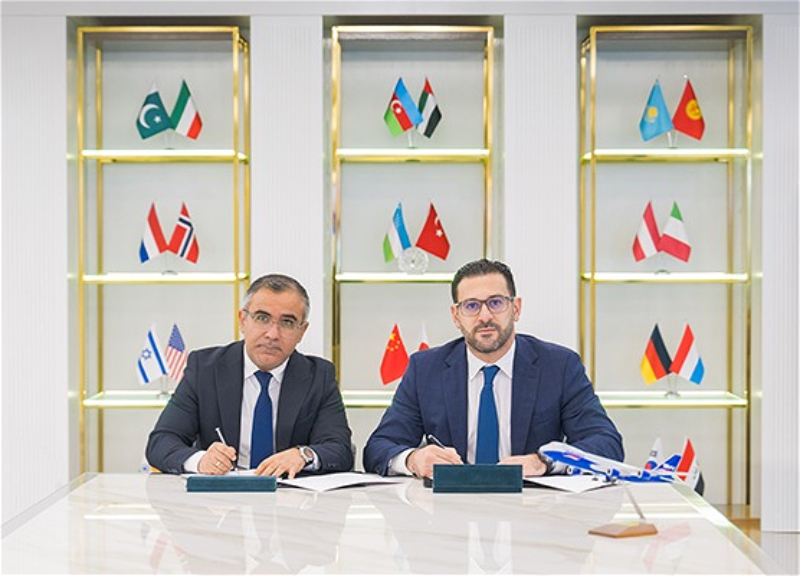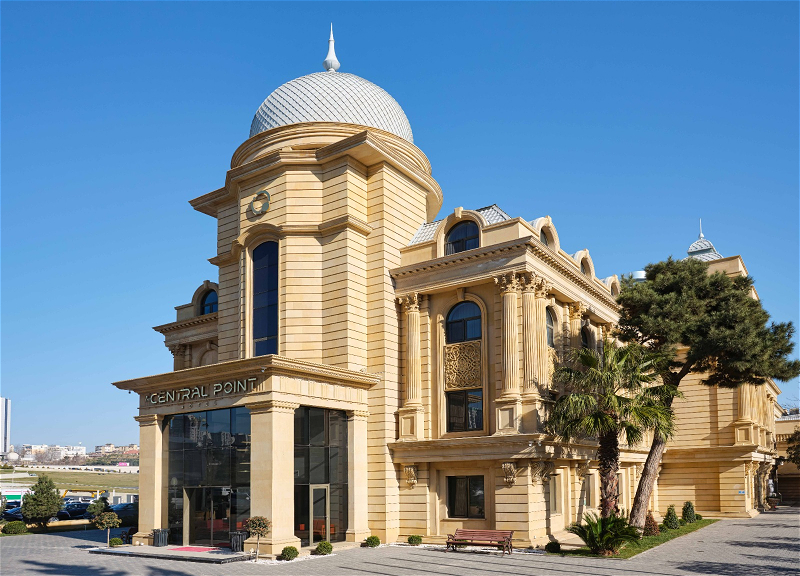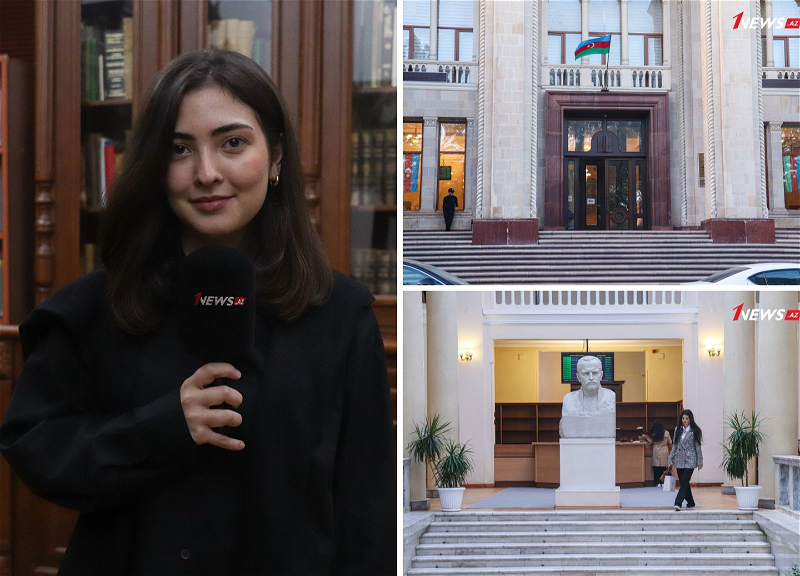The Nagorno-Karabakh conflict and an estimate of war damages for Azerbaijan

BY SHAHMAR HAJIYEV
The conflict between Armenia and Azerbaijan over the Nagorno-Karabakh became as one of the most tragic and complicated conflicts contributing to instability in the entire region.
The conflict has claimed thousands of lives and over one million people became refugees and internally displaced persons (IDPs).
Twenty percent of Azerbaijani territory has been occupied and material damages worth billions of dollars as the whole infrastructure devastated or destroyed in the occupied regions. A ceasefire agreement has been signed on May 1994 to halt the bloody conflict. However, four-day April 2016 war showed once again that peace agreement between the warring parties is extremely fragile.
If we look at the war damage in Azerbaijan, it is worth noting that the socio-economic damage caused by Armenian aggression negatively affected all spheres of the Azerbaijani economy. According to the calculations, 890 cities, villages and settlements, 102 thousand dwelling houses, 7000 public buildings, 695 healthcare facilities, 693 secondary schools, 927 libraries, 310 industrial and building enterprises, 464 historical monuments and museums, 6 state theaters and concert studios have been devastated or destroyed in the occupied territories.
TABLE 1: Infrastructural and telecommunication damages
|
1. |
Railroad |
240,4 km |
|
2. |
Motor road |
800 km |
|
3. |
Bridges |
160 |
|
4. |
Water Reservoirs |
3 (main Sarsang) |
|
5. |
Water-line |
2,300 km |
|
6. |
Air |
4 airports ( main Khojali airport) |
|
7. |
Gas distribution stations |
35 |
|
8. |
Gas-pipe |
Baku-Khankendi (Stepanakert)-Nakhichevan |
|
9. |
Transformer stations |
2,500 |
|
10. |
Electric lines |
15,000 km |
|
11. |
Telecommunications |
for more than 35 000 subscribers |
Source: http://karabakh.org and own construction
It is worth also noting that the occupied territories of Nagorno-Karabakh represented a large agricultural region within Azerbaijan, as about 70% of summer pastures of the country remain in the occupied areas. In general, grain-growing, fodder production, vine-growing, tobacco-growing, potato-growing, cotton-growing, dairy farming and meat farming, particularly sheep-breeding dominated in the agriculture. Agricultural sector played always important role in national economy, thus after aggression during years 1990-1994 GDP of the country decreased about 63% in total due to agriculture output falling about 43%. Percentage of population dependent on agriculture in the country used to be always high (36.8% --2014), therefore, loss of fertile agricultural lands resulted in high unemployment. The occupied regions had quite strong progress in agricultural production and productivity growth. However, all those production facilities destroyed and remained in the occupied territories. Preliminary calculations show that the total damage to Azerbaijan caused by Armenian aggression estimated around $60 billion.
It should be also highlighted that the illegal economic and other activities carried out by Armenia and the third states in the occupied territories of the Republic of Azerbaijan are contrary to the core principles of the OSCE and the UN. As the Armenia is the occupant of Azerbaijan’s territories and its armed forces are illegally situated in the occupied territories, it grossly violates the core principles of international law. Armenia encourages and facilitates resettlement of Syrian Armenians in the occupied territories. Government agencies of Armenia, including its Ministry of Diaspora, as well as other organizations of Armenia, in particular the Armenian Revolutionary Federation (ARF), which designed special Yerevan-headquartered “Help your Brother” program for this purpose. Armenians from Syria (many from Qamishli and Aleppo in Syria) are settled mainly but not exclusively in the occupied Zangilan, Gubadly and Lachyn districts (“Illegal Economic and other activities in the occupied territories of Azerbaijan”: Report by the MFA of the Republic of Azerbaijan, 2016, pdf, pp. 11).
Armenian diaspora organizations, including the Lebanon-based Artsakh Roots Investment (“ARI”) company, play a major role in enabling and facilitating the occupation. A large amount of funding for settlements and other activities is provided by foreign private investors, mostly of Armenian origin, and from charity non-profit organizations such as the US-based Tufenkian Foundation, Armenian General Benevolent Union (AGBU), Cherchian Family Foundation are channeling large amounts into the illegal activities and settlements throughout the occupied territories. Hayatsan All-Armenian Fund designed and implemented a special “Re-population of villages of Artsakh” project. Building new infrastructure and communication facilities as well as illegal activities in the field of ICT and banking sectors are well-known facts. For example, the Armenian banks such as “Artsakhbank”, Converse Bank, Ardshininvestbank, Armbusinessbank, Armeconombank, Araratbank, Unibank and Ameriabank are operating in the occupied territories. Armenia’s mobile operators such as Armentel (a subsidiary of the Russian Vimpelcom under the “Beeline” brand), Viva Cell MTS and Orange Armenia, a subsidiary of Orange Group France, provide roaming services with reduced rates to “Karabakh Telecom CJSC” (ibid, pp. 10- 24).
Armenia is also a transit route to export goods illegally produced in the occupied territories to international markets. The goods produced in the Nagorno-Karabakh and other occupied areas are being exported to the European, Russian, Ukrainian, the U.S. markets etc. under a fake label ‘made in Armenia’ or by companies operating in the Nagorno-Karabakh but registered in Armenia. It pursued illegal policy on development and operation gold deposit located in the occupied Kalbajar region of Azerbaijan by Base Metals CJSC, which is a wholly owned subsidiary of Armenia’s Vallex Group CJSC, registered in Liechtenstein. Another company Gold Star CJSC reportedly started exploitation of the gold mine in Zangilan district (ibid, pp. 14). All these facts are a clear violation of international law.
The occupation of Azerbaijani territories is significant obstacle to regional cooperation, and its policy leads Armenia to isolation. Consequently, the country will have no opportunity to participate in regional projects. On the contrary, due to a rapid economic growth, Azerbaijan has been realizing important energy and transport projects of regional and global importance. Important projects, such as the Baku–Tbilisi–Ceyhan pipeline (BTC), the Baku-Tbilisi-Erzurum gas pipeline (BTE), Trans-Anatolian Natural Gas Pipeline (TANAP) and the Baku-Tbilisi-Kars railway (BTK) which bypassed Armenia, realized due to cooperation between Azerbaijan, Georgia and Turkey. Occupation of Azerbaijani territories caused socio-economic damage not only for Azeri but also for Armenian people too, and it is obvious that the current situation damages the Armenian economy. It is worth underlining that as long as this country continues its aggression against Azerbaijan, it will stay away from all regional projects, and inclusive regional cooperation in the South Caucasus will be impossible.
After last year’s April bloody clash between Azerbaijan and Armenia in the Nagorno-Karabakh region, the economic damage of war on Azerbaijanis became again increasingly important. As a result of only four-day clash, 6 civilians were killed, 26 people injured, 445 houses, 5 schools, 2 medical centers, 2 kindergartens and other social and administrative buildings were seriously damaged. These figures are only “a drop in the bucket”, therefore, a careful calculation of the whole war damage caused by Armenian aggression since the start of war is extremely important.
Undoubtedly, Azerbaijani government has the list of all devastated and destroyed infrastructures, production facilities and cultural heritage in the occupied zones. Also geography, history, and culture of the occupied territories have a great potential for the tourism industry, but Azerbaijan cannot benefit from this sector. To make exact calculation, it is very important to liberate all occupied territories and attract international organizations to calculate the exact amount of damages.
In addition to the foregoing, as a result of Armenian aggression, the blockade of the Nakhchivan Autonomous Republic (Azerbaijani exclave) has been continuing for almost 28 years. The blockade of the region actually prevents realization of the full economic potential of this region. Therefore, the damage to this region should be also calculated, and abolishing the blockade should be the subject of discussions and adopted documents by international organizations. Accordingly, while calculating the final amount of damages and costs, all direct and indirect costs should be calculated, and undoubtedly, the final actual costs will exceed the preliminary estimated costs by several times.
The conclusion must be that although the war caused both human suffering and economic losses for Azerbaijanis and Armenians, unfortunately, additional losses will be in the future due to the ongoing conflict. As many Armenian journalists and human rights activists underline Azerbaijanis and Armenians suffer a lot from the Nagorno-Karabakh conflict, and this conflict should be resolved so that both Armenian and Azeri people could live peacefully there. According to journalist and social activist Susan Jaghinyan --“the Armenian people had their share of grief. Only occupiers (Armenian authorities) benefited from the conflict”. All these facts once again confirm that both Azeri and Armenian people are continuing suffering from the bloody conflict. The fastest peaceful resolution of the Karabakh conflict will restore regional integration, and the people of the region will be able to benefit from regional economic development.














